Birds are one of the most fascinating and diverse groups of creatures in our ecosystem. Birds have captivated humans and inspired us for centuries through their stunning features and ability to fly. This article will explore the general description of birds, their various species, and some fascinating facts about these remarkable creatures.
Description of Birds
Birds belong to the class called Aves and are characterised by several unique features. The most distinctive feature of birds is their feathers. They provide insulation, aid in flight, and often play a role in mating displays for the birds. These aerial animals have beaks of various shapes and sizes that aid them in their diet and survive in their habitat.
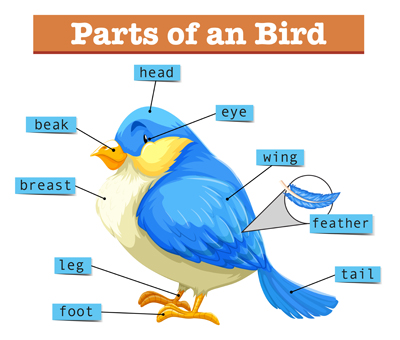
Most of the birds are pretty light in weight, yet possess strong skeletal structures. Their bones are hollow, which reduces body weight and makes flight easier. The avian respiratory system is another interesting feature of birds and is highly efficient, with air sacs aiding a continuous flow of air through the lungs. This provides birds with a constant supply of oxygen, which is especially important during flight.
Birds lay eggs with hard shells, and most species build nests to protect their eggs and young. Parental care is common among birds, with many species making great efforts to feed and protect their offspring until they are ready to fend for themselves.
Species of Birds
There are approximately 10,000 known species of birds, ranging from the tiny hummingbirds to the massive ostriches. Here are some notable bird species:
Hummingbirds: These birds are among the smallest in the world, with some species weighing less than 2 grams. Hummingbirds are known for their ability to hover in mid-air by rapidly flapping their wings, sometimes up to 80 times per second. They feed primarily on nectar from flowers and play a vital role in pollination.

Penguins: Unlike most birds, penguins are flightless and have adapted to life in the water. They are excellent swimmers and have flippers instead of wings. Penguins are mostly found in the Southern Hemisphere, particularly Antarctica. They are known for their distinctive black and white body and their playful behaviour.
Eagles: These birds of prey are known for their keen eyesight and powerful claws. Eagles are top predators in their ecosystems and are symbols of strength and freedom.
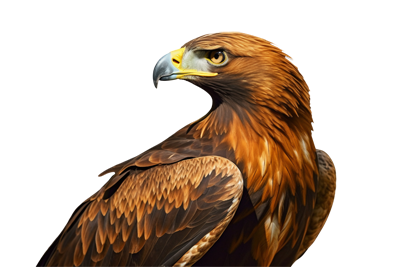
Parrots: Parrots are known for their bright feathers and high intelligence. They are often able to mimic human speech and are popular among pet owners. Parrots are found in tropical and subtropical regions. These birds are known for their strong beaks and zygodactyl feet (two toes pointing forward and two backward).
Owls: These nocturnal birds are known for their exceptional hearing and silent flight. Owls have large and forward-facing eyes that give them excellent depth perception to hunt in low-light conditions. Their unique ability to rotate their heads up to 270 degrees helps them spot prey from a distance.
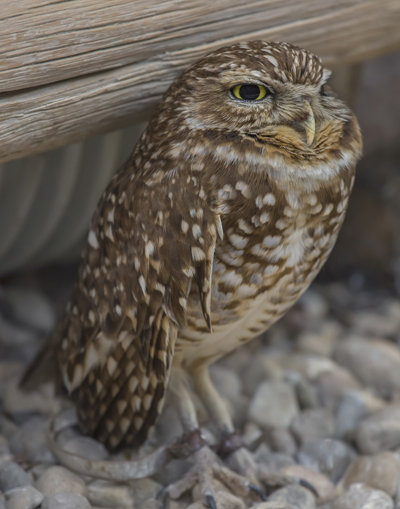
Albatros: Known for their impressive wingspans of 11 feet long, Albatros are masters of long-distance flight. They spend most of their lives at sea, only coming to land to breed. These seabirds are known for their graceful gliding over the ocean waves.
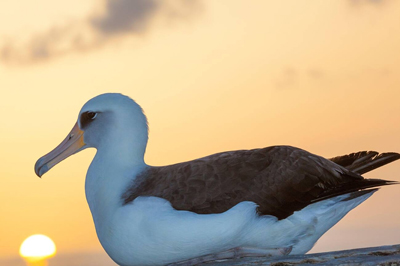
Interesting Facts About Birds
Migration: Many bird species are known for their incredible migratory journeys. The Arctic tern, for instance, migrates from the Arctic to the Antarctic and back each year, covering a distance of over 25,000 miles.
Communication: Birds use a variety of vocalizations and songs to communicate with others. Some species, particularly songbirds, possess intricate repertoires that serve to attract partners and establish territorial boundaries. Additionally, birds utilise visual cues, including feather displays and various movements, to convey messages.
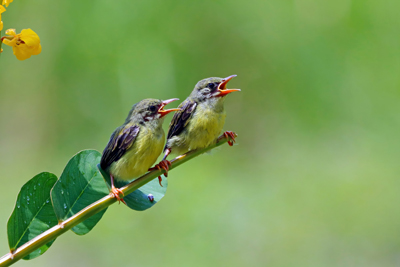
Adaptation: Birds have adapted to almost every environment on Earth. From the freezing cold of Antarctica, where penguins thrive, to the scorching deserts where sandgrouse can be found, birds have evolved to survive in diverse conditions.
Social Behaviour: Birds like crows and ravens are known for their problem-solving abilities and use of tools. Others, like the sociable weaver, build large communal nests that house multiple families.
Conservation: While birds are widespread and diverse, many species are threatened by habitat loss, climate change, and human activities. Conservation efforts are crucial to protect bird populations and preserve biodiversity.
Conclusion
Birds are truly remarkable creatures that have been inspiring humans to create modern-day inventions like aeroplanes. Their diversity in form, function, and behaviour is a testament to the power of evolution. From the smallest hummingbird to the majestic eagle, birds enrich our world with their presence and play essential roles in ecosystems across the globe. Understanding and appreciating birds can foster a greater sense of stewardship for the natural world and highlight the importance of conservation efforts to protect these incredible animals for future generations.
For more such informative/interesting blogs, visit Mother’s Pet Kindergarten.

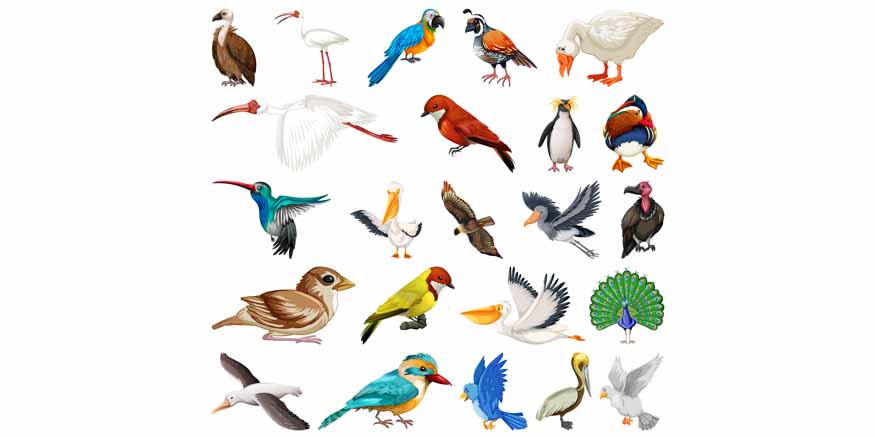











Recent Comments